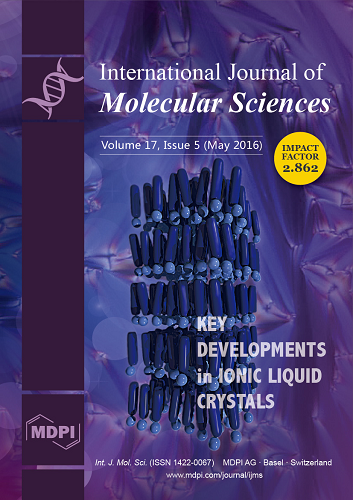Gene silencing with RNA interference (RNAi) technology may be capable of modifying internal structure at a molecular level. This structural modification could affect biofunctions in terms of biodegradation, biochemical metabolism, and bioactive compound availability. The objectives of this study were to (1) Detect gene silencing-induced changes in carbohydrate molecular structure in an alfalfa forage (
Medicago sativa spp.
sativa: alfalfa) with down-regulation of genes that encode transcription factors
TT8 and
HB12; (2) Determine gene silencing-induced changes in nutrient bioutilization and bioavailability in the alfalfa forage (
Medicago sativa); and (3) Quantify the correlation between gene silencing-induced molecular structure changes and the nutrient bioutilization and bioavailability in animals of ruminants. The experimental treatments included: T1 = Non-transgenic and no-gene silenced alfalfa forage (code “NT”); T2 =
HB12-RNAi forage with
HB12 gene down regulation (code “
HB12”); T3 =
TT8-RNAi forage with
TT8 gene down regulation (code “
TT8”). The
HB12 and
TT8 gene silencing-induced molecular structure changes were determined by non-invasive and non-destructive advanced molecular spectroscopy in a middle infrared radiation region that focused on structural, non-structural and total carbohydrate compounds. The nutrient bioutilization and bioavailability of the modified forage were determined using NRC-2001 system in terms of total digestive nutrient (TDN), truly digestible fiber (tdNDF), non-fiber carbohydrate (tdNDF), fatty acid (tdFA), crude protein (tdCP) and bioenergy profiles (digestible energy, metabolizable energy, net energy) for ruminants. The carbohydrate subfractions were evaluated using the updated CNCPS 6.0 system. The results showed that gene silencing significantly affected tdNFC (42.3 (NT)
vs. 38.7 (
HB12)
vs. 37.4% Dry Matter (
TT8);
p = 0.016) and tdCP (20.8 (NT)
vs. 19.4 (
HB12)
vs. 22.3% DM (
TT8);
p = 0.009). The gene-silencing also affected carbohydrate CA4 (7.4 (NT)
vs. 4.2 (
HB12) and 4.4% carbohydrate (CHO) (
TT8),
p = 0.063) and CB1 fractions (5.3 (NT)
vs. 2.0 (
HB12) and 2.6% CHO (
TT8),
p = 0.006). The correlation study showed that the structural CHO functional group peak area intensity at
ca. 1315 cm
−1 was significantly correlated to the TDN
1x (
r = −0.83,
p = 0.042) and the tdNFC (
r = −0.83,
p = 0.042), the structural CHO functional group height intensity at
ca. 1370 cm
−1 was significantly correlated to the tdNDF (
r = −0.87,
p = 0.025). The A_Non-stCHO to A_StCHO ratio and A_Non-stCHO to A_CHO ratio were significantly correlated to the tdFA (
r = 0.83–0.91,
p < 0.05). As to carbohydrate fractions, both CA4 and CB1 correlated with carbohydrate spectral intensity of the H_1415 and the H_1315 (
p = 0.039;
p = 0.059, respectively), CB3 tended to correlate with the H_1150, H_1100 and H_1025 (
p < 0.10). In conclusion, RNAi-mediated silencing of
HB12 and
TT8 modified not only inherent CHO molecular structure but also the biofunctions. The CHO molecular structure changes induced by RNAi gene silencing were associated with biofunctions in terms of the carbohydrate subfractions and nutrient digestion.
Full article






